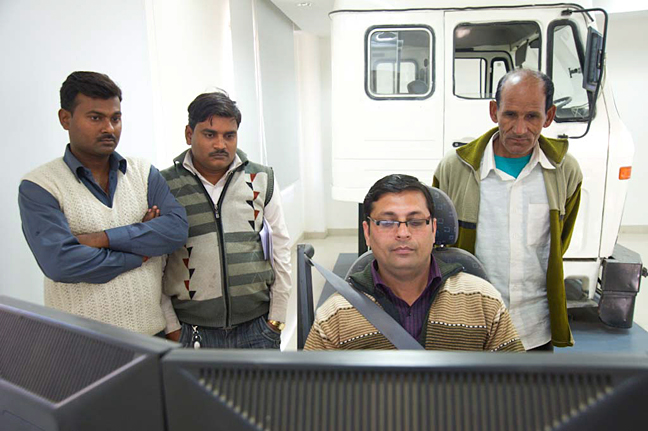You are here
Road Safety in India
 India can overwhelm you – especially India’s roadways. If you aren’t scared to drive here, maybe you should be. In 2010, the last year for which statistics are fully available, more than 134,000 people were killed in road accidents here. By comparison, 32,788 people died on U.S. roadways the same year – though we have six times as many cars in the U.S., granted on far more miles of roadway. Road injuries also account for 10-30% of total hospital admissions in India, putting an enormous strain on the health system.
India can overwhelm you – especially India’s roadways. If you aren’t scared to drive here, maybe you should be. In 2010, the last year for which statistics are fully available, more than 134,000 people were killed in road accidents here. By comparison, 32,788 people died on U.S. roadways the same year – though we have six times as many cars in the U.S., granted on far more miles of roadway. Road injuries also account for 10-30% of total hospital admissions in India, putting an enormous strain on the health system.
To help bring those accident figures down, the CDC Foundation is helping CDC work with a group called the Institute of Road Traffic Education (IRTE). I spent the day at their college campus today – a place called the College of Traffic Management – and I have to say, I wasn’t expecting a facility so impressive. It is run by Dr. Rohit Baluja, who said he was inspired to help fight unsafe driving on India’s roadways after a series of visits to Germany in years past. Seeing how safe the roads could be, he came back to India and, using much of his own money, launched IRTE in 1991.
With a grant from the Conrad N. Hilton Foundation to the CDC Foundation, IRTE is training truck drivers in road safety techniques. Through their thoroughly modern campus, which includes computer driving simulators and a room of working engines and engine parts, IRTE is training about 150 drivers each month, all free of charge thanks to the grant. They learn road rules, safety techniques for driving under various conditions, and vehicle maintenance – allowing them to more safely navigate the many hazards they face each day during the course of their work. CDC experts worked with IRTE to develop the safety program and will help evaluate its success as a potential model for other regions.
I have to say, it was a very different and unexpected project compared to the disease control projects I've been photographing. Yet, CDC science was still very visibly at work, keeping people safe and saving lives.
